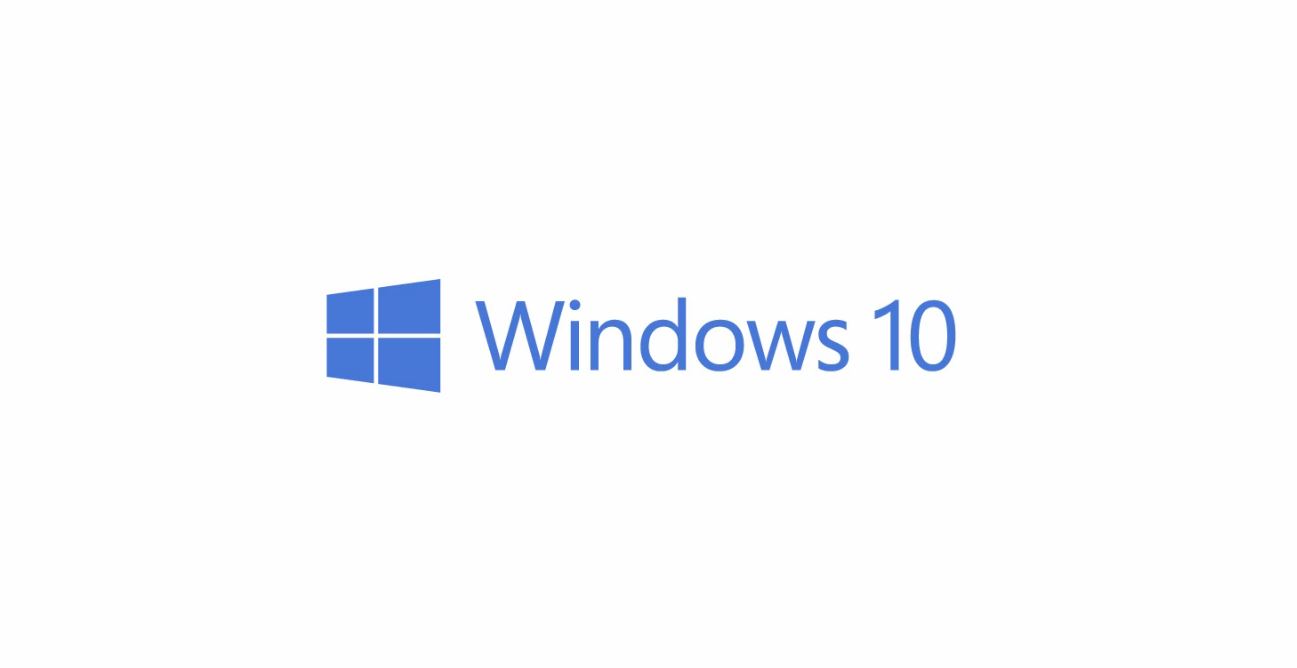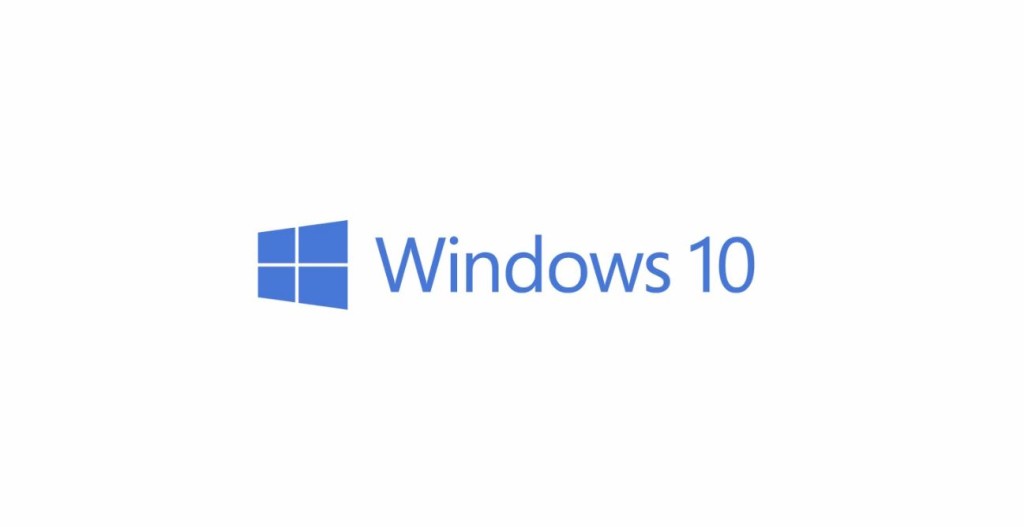Is the much anticipated Windows 10 the last ever throw of the dice for the Microsoft operating system? Or is it in reality the last in terms of version numbers for the time being? What does this mean for users and whatever happened to Windows 9? Clearly wanting to distance themselves from the flop that was Windows 8, Windows 10 is in reality, marketing speak for what will be in the future – ‘windows as a service’.
Instead of killing off the operating system, Microsoft will be ditching version numbers in favour of regular improvements and automatic updates. Windows 10 will retain touch-screen functions on compatible devices, and it is hoped that they will create a more unified experience for Windows users who switch between a broad range of devices – desktop computers, tablets and smartphones. These changes come at a time when the software giant has been struggling in mobile against the massive popularity of both Android and Apple IOS.
The unloved Windows 8 was criticised for its interface which was hard to use and difficult for users to come to terms with. Windows 10 has brought back the Start screen for the new operating system as well as new multi-desktop views, to help with multi-tasking. They are also adding a host of new tools and software for businesses.
With its simultaneous release planned for the ‘summer of 2015’ across 190 countries and 111 languages, it remains to be seen whether this new OS will be more unified, instead of two separate systems fused together for touch based devices and traditional computers.
And what about cost? It will be free for a year for users of the previous operating systems Windows 7, Windows 8, and Windows 8.1. The price for new users as well as after the first year has yet to be confirmed. Ultimately the new ‘windows as a service’ system will create a subscription model that will provide Microsoft with more predictable and recurring revenue.


0 Comments
Leave A Comment